Dinosaur comfort is just one of the things you must manage in Jurassic World Evolution 2, but it’s perhaps the most important. If dinos have low comfort levels, they’ll get angry and escape their enclosures. It’s Chaos Theory in action, except you can stop the butterfly effect by doing a few simple things.
To increase dinosaur comfort, you need to make sure their needs are met. Needs break down into two primary categories: Territory Needs and Environmental Needs.
Territorial needs include things like cohabitation likes and dislikes, enclosure area, and dino population (or the number of animals in a specific enclosure).
Environmental needs always include access to water and food, but they also break down into several other categories depending on the species. Compsognathus like sand and open space. Velociraptors like a mixture of open space and forest, with plenty of live prey. And Triceratops like ground fiber.
How to Find & Measure Dinosaur Comfort

As you unlock more dinosaurs, you’ll need to keep a keen eye on their comfort levels. Finding out if a specific dino is comfortable is easy.
- Send a Ranger Team to do a status check:
- Click the Ranger Team, add a task, and click a dinosaur with the binoculars symbol above its head.
- Add Ranger Posts in every enclosure and assign Teams to do this automatically.
- Once a status check is complete, click the dinosaur.
- Click the cloud icon in the window on the left; it’s the second icon from the left.
The Comfort tab has a bar that shows an animal’s overall comfort level. Below that, it shows its Territorial and Environmental needs, with status bars indicating the current percentage of each need already within an enclosure.
You can also see a dino’s needs, cohabitation likes and dislikes, etc., in the Genome Library. You can access this through the Jurassic World Database and the Hatchery when you synthesize eggs. When you click “Synthesize Dinosaur,” choose an animal from the list that appears and look at the information tabs on the right of the screen. This is helpful to know before putting anything in an enclosure.
Needs only have to be barely in the white to satisfy dinosaurs. Though you can, there’s no need to go overboard making the perfect enclosure. Comfort can be perfect with the bare minimum.
Importantly, injury, sickness, and low health do not affect comfort all that much or at all. Though you’ll certainly want to heal your dinosaurs, you don’t have to worry about that affecting their comfort values. For example, I had an Ouranosaurus with Hypothermia. Its overall health value was 20% when I started measuring and dropped at about 1% every 2 seconds. However, its comfort level remained relatively static at around 90 to 91% — even as its health value plummeted to 7%.
How to Increase Comfort Levels
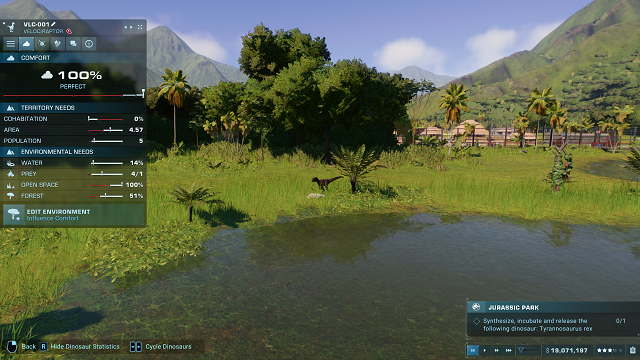
If values are in the red, you need to add whatever resource that’s in the red to an enclosure or, if it’s an area or population issue, expand the enclosure. Add resources sparingly, though, as it takes a few seconds for dinos to acclimate and realize you’ve made changes.
On that note, it’s worth talking about territory. Dinosaurs have to explore to expand their territory; they don’t automatically claim an entire enclosure as their territory when they first enter it.
Because of that, it takes time for some comfort values to increase, such as the need for forests, ground fiber, or ground fruit. Once a dinosaur enters a certain area of a pen, their comfort values for that need will change accordingly.
With that in mind, it’s a good idea to balance your enclosures, adding bits of forest and food around enclosures before even transporting dinos.
To increase comfort to maximum immediately, always:
- Add water; a pond or small lake will do.
- Add food sources.
- For large carnivores, a single live prey feeder is typically fine; for smaller carnivores, a single carnivore feeder works.
- For herbivores, always add more ground fiber, ground leaf, or ground fruit than you think you’ll need.
- Paint the right type of terrain; some dinos like sand, while others like grass. For those that like sand, for instance, painting about 50% of the enclosure with sand is a good starting point.
- Add forests for most carnivores and herbivores; about 1/3 of the enclosure is a safe bet for many animals that like forests, leaving the rest for open space.
- Flying dinosaurs like rocks, and about 3-5 large rocks, like Taiga Rocks 5, will be enough for even two connected Aviaries.
- Ensure that animals cohabitate well. Dinos have cohabitation likes and dislikes, which can be found under their Territory tab. Note that some animals appear to get along but don’t, like Velociraptors and Struthiomimus.
And that’s about it on how to increase dinosaur comfort levels and keep your dinos happy in Jurassic Park Evolution 2. For more tips and help articles, check out our other JWE 2 guides.

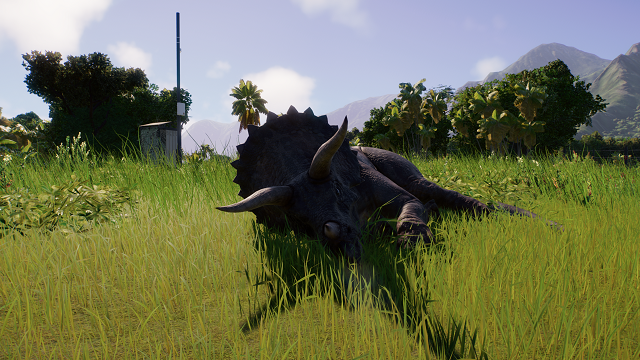



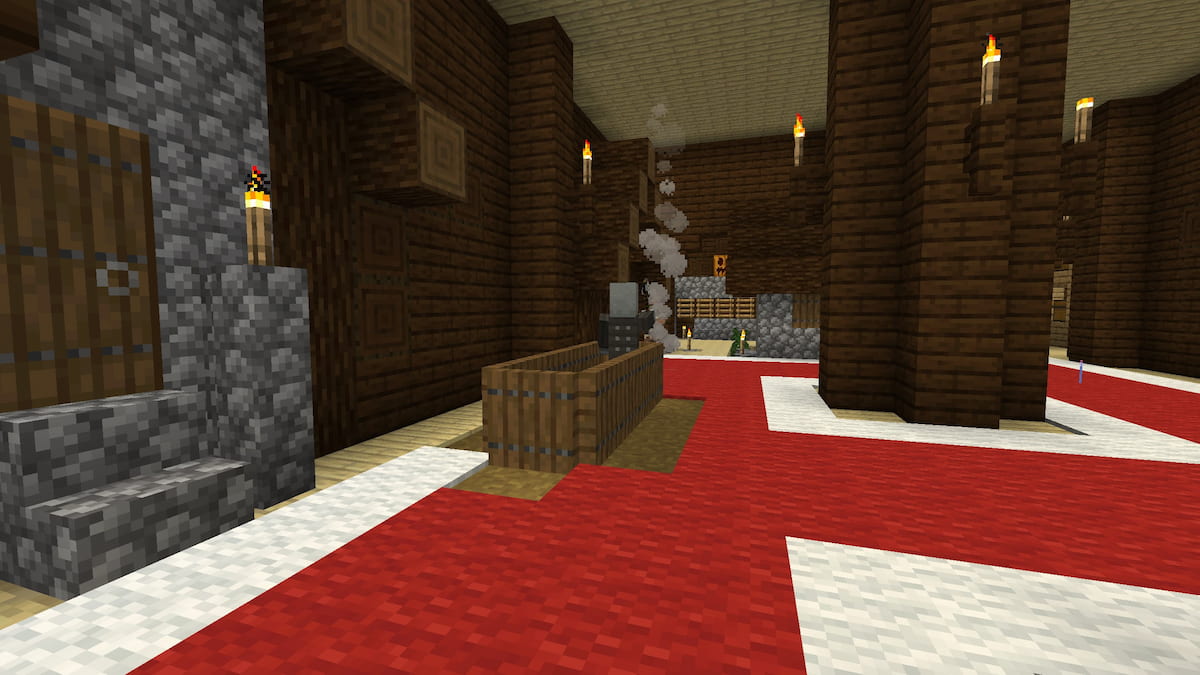
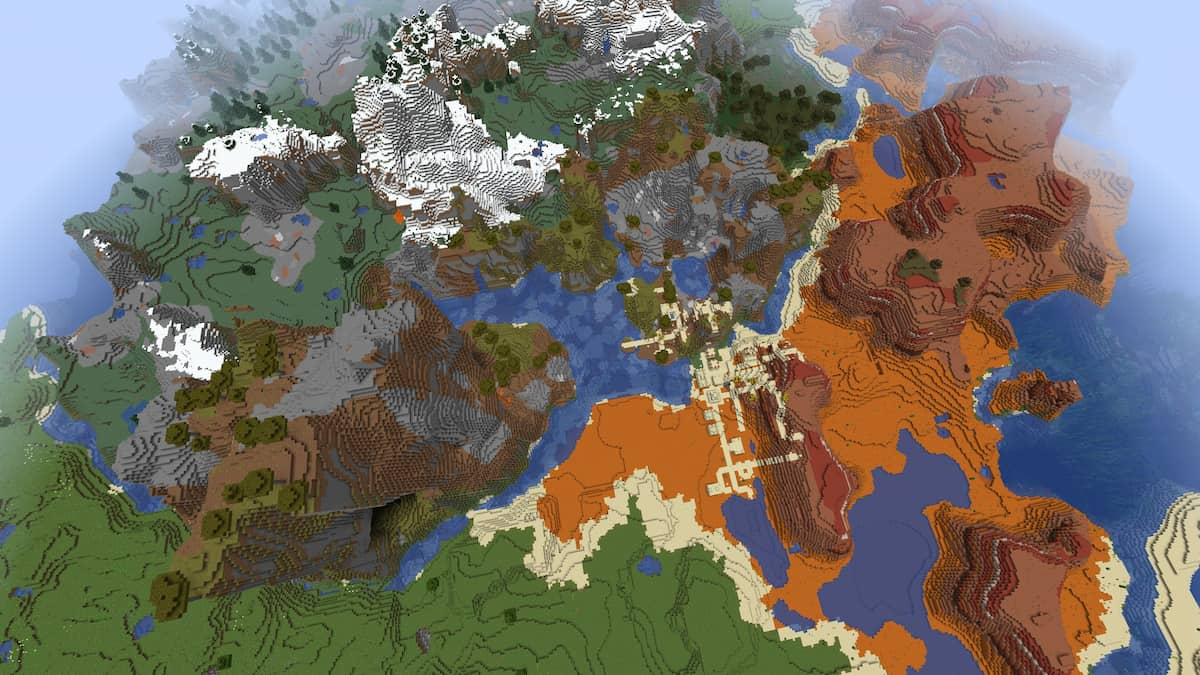
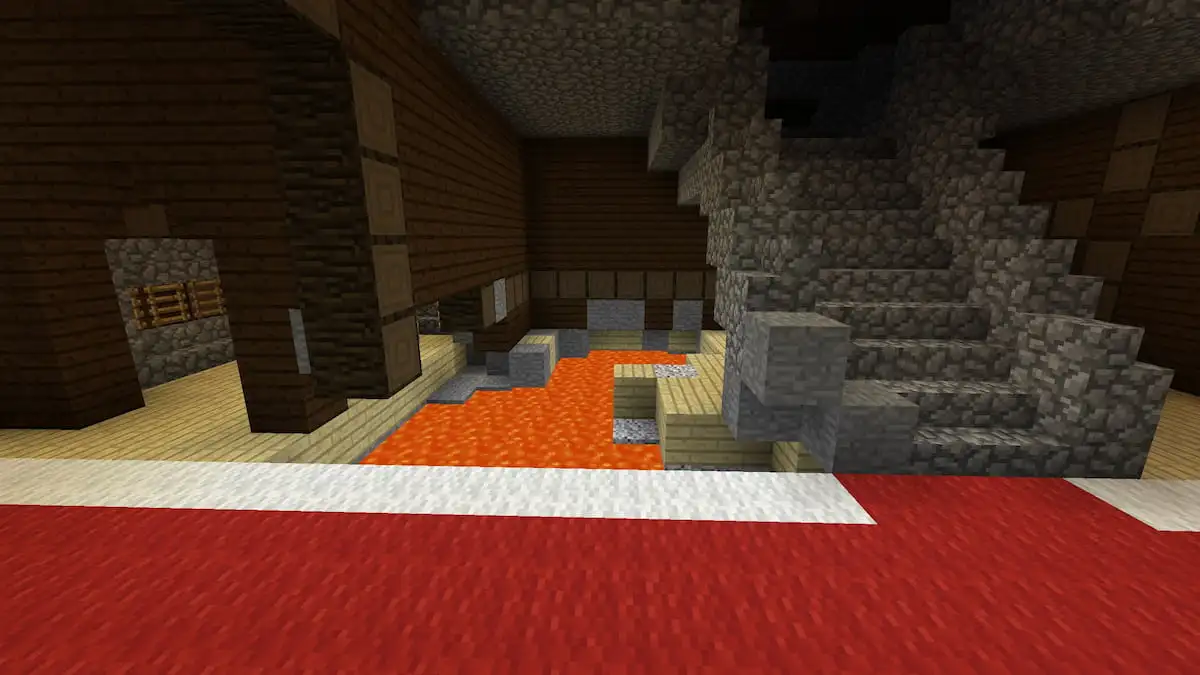
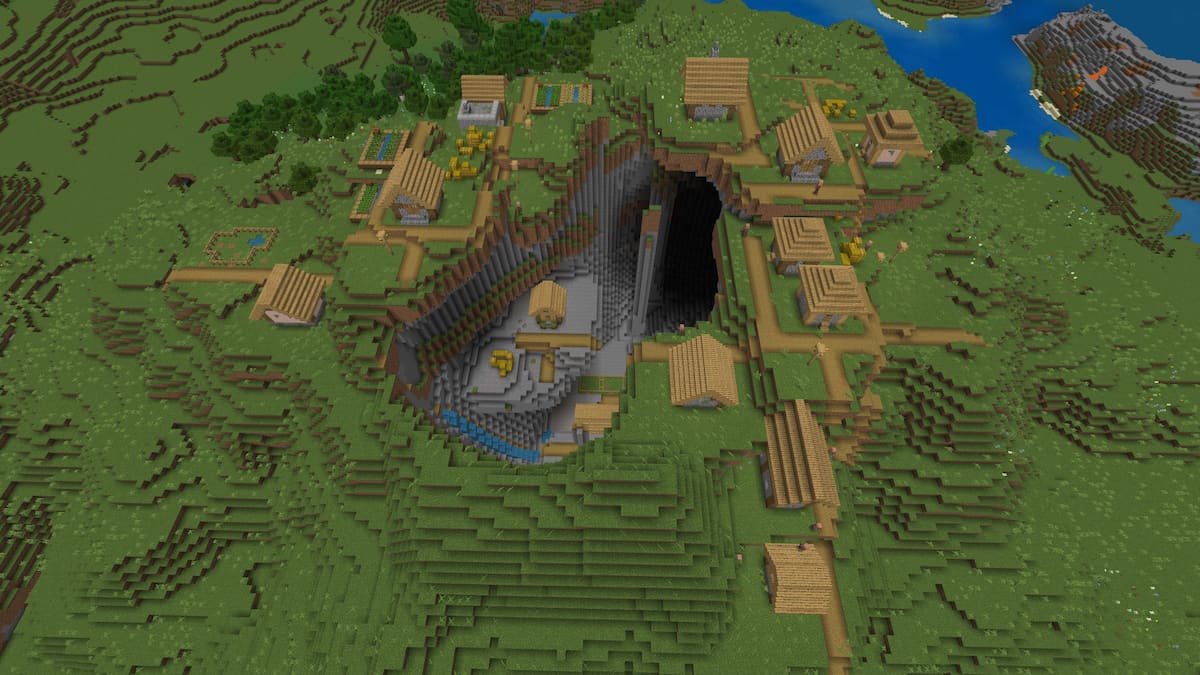
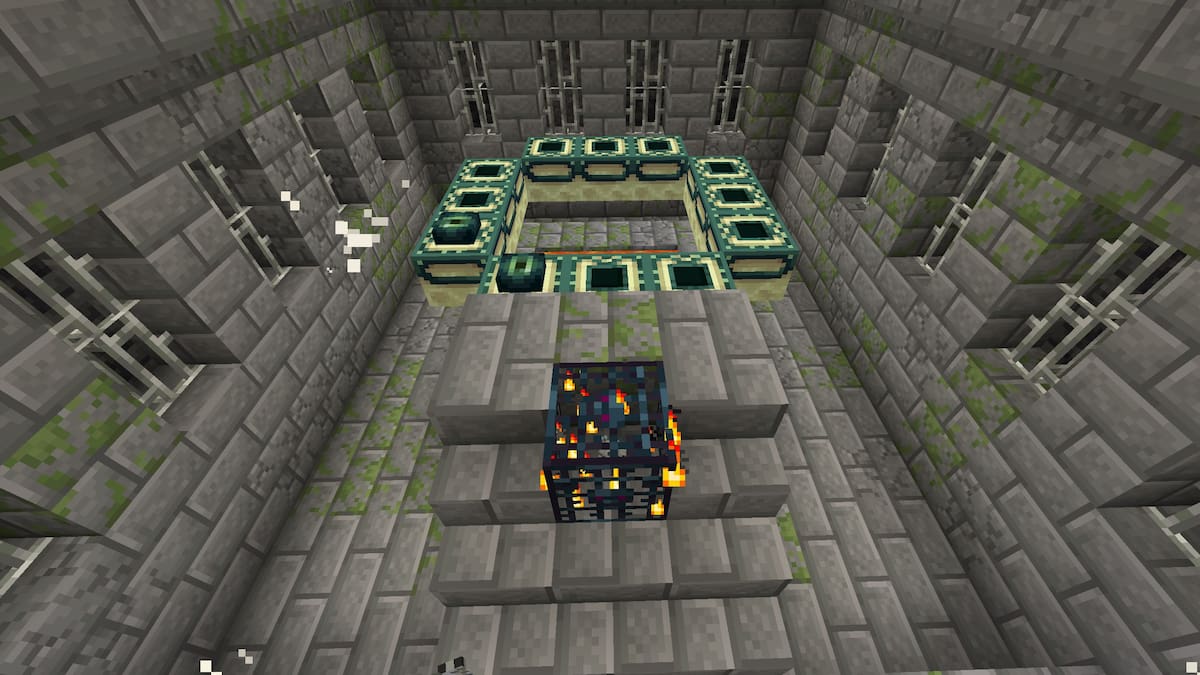
Published: Nov 13, 2021 04:35 pm